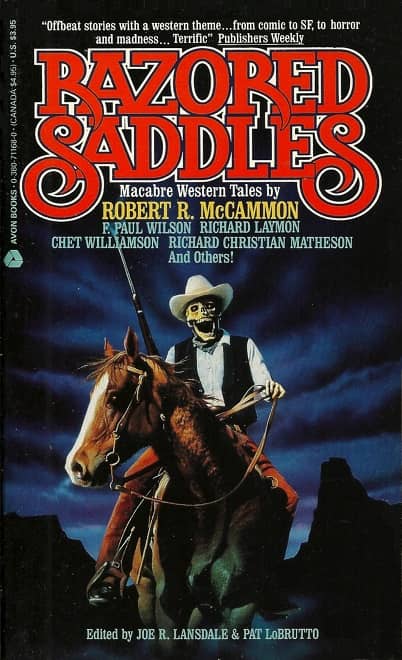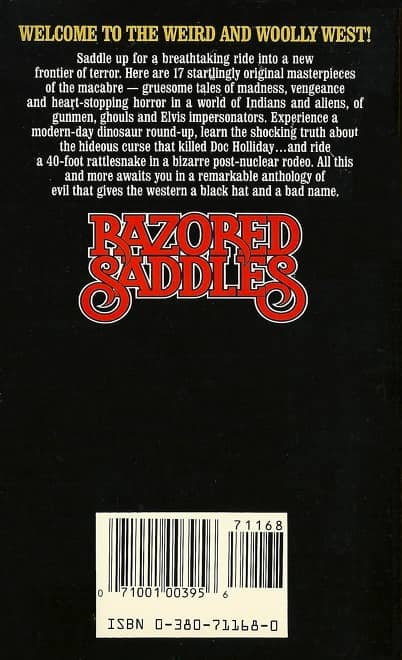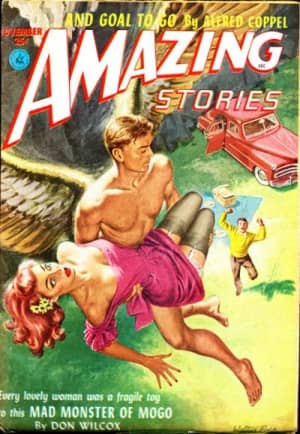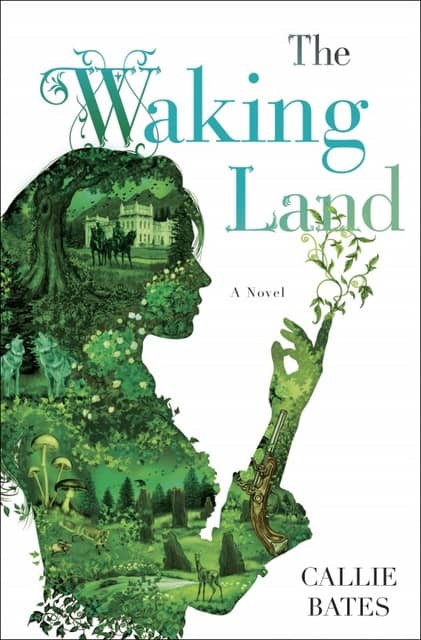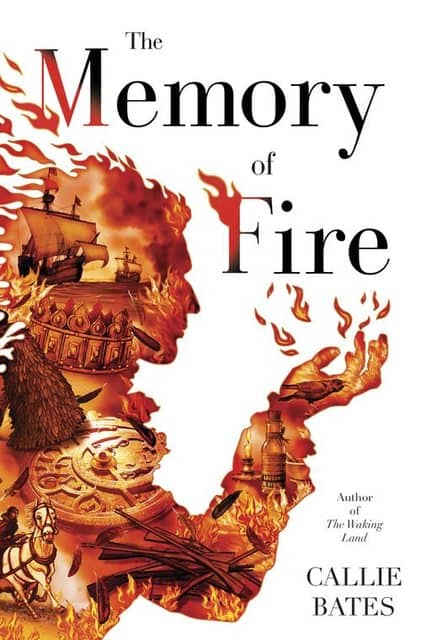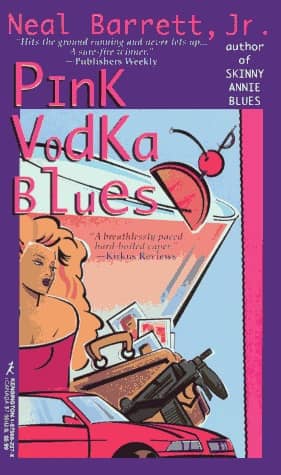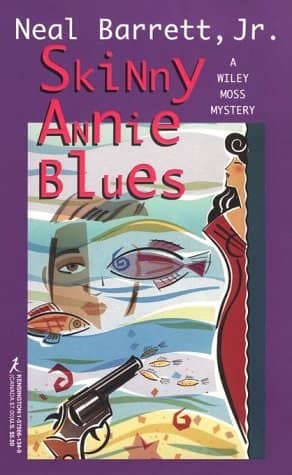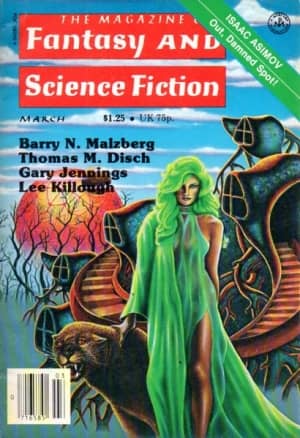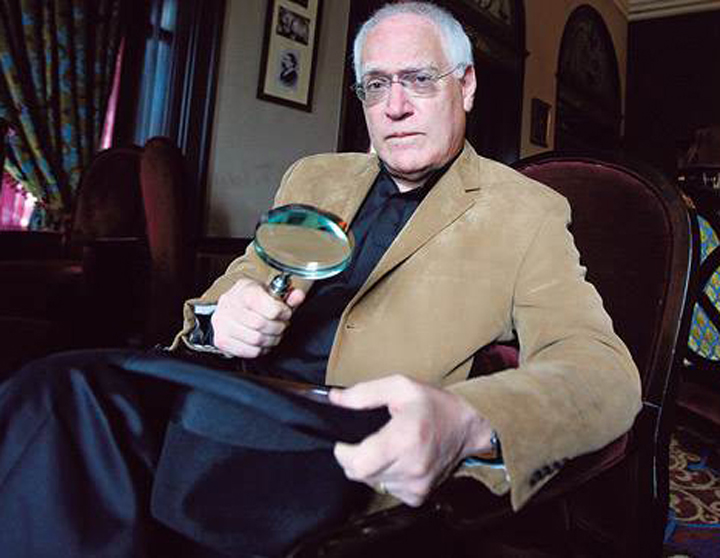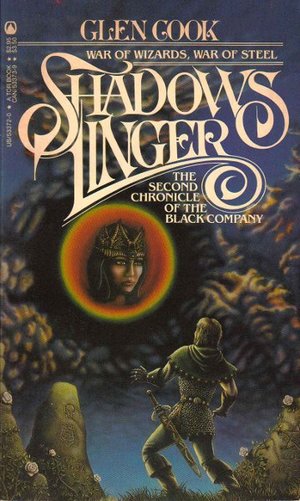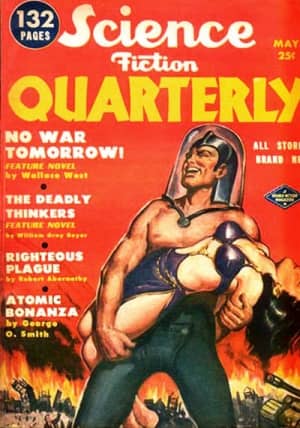io9 on 28 New Sci-fi and Fantasy Books to Add to Your Shelves in May
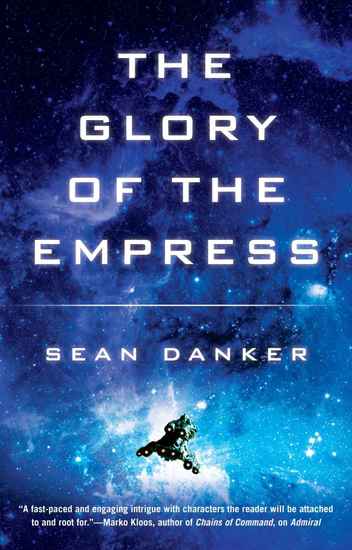 |
 |
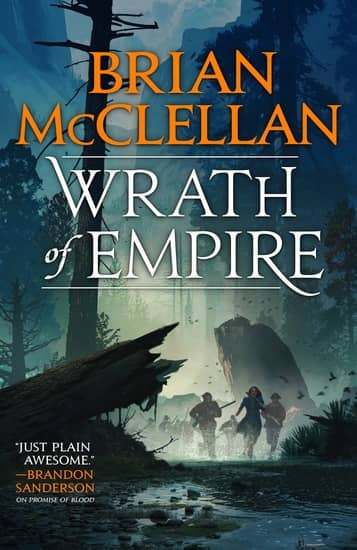 |
Cheryl Eddy at io9 has a gift for you folks who’ve run out of things to read already this month (Seriously, how does that happen?? Whatever, we don’t judge.) A tidy list of 28 New Sci-fi and Fantasy Books to Add to Your Shelves.
28! How does she do that, and with astonishingly little overlap with John DeNardo’s list of the Best Science Fiction, Fantasy & Horror in May? I have no idea, but perhaps dark magics were involved, and maybe we shouldn’t question it. Let’s just dive into the list, and see what grabs us.
The Glory of the Empress by Sean Danker (Ace, 352 pages, $4.99 digital, May 1, 2018)
Amid a raging interstellar war, a group of soldiers develops a new weapon they hope will turn the tide in their side’s favor — not realizing their test runs in a far-off pocket of the galaxy will have unexpectedly towering consequences.
The Glory of the Empress is the third book in the series that began with Admiral (2016), which was selected by Amazon as one of the Best Books of 2016, and continued with Free Space (2017). While the first two were published in print and digital formats, this one is only available digitally.
Eeep! Is that a thing now? Hope that doesn’t frustrate too many old school readers… I’m frustrated, and I haven’t even read the first one yet.
